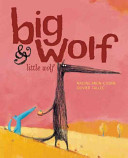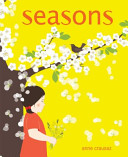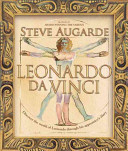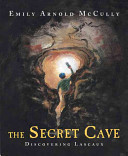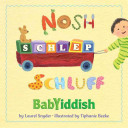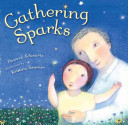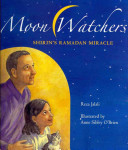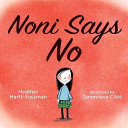
Who but this author and artist could see a rhinoceros in a train locomotive or a kangaroo in a baby carriage? With perfect accord this creative team from very different parts of the world see the possibility of animals in stripes, spots, dots, and rows. With quirky energy and electric imagination, a gifted poet and a brilliant artist cast a sharp eye on design and transportation in a new pair of Animagicals titles. In each book, twelve poems pose riddles that are answered in twelve full-page, fold-out paintings of animals, each portrayed with humor, empathy, and sensitivity. Whether it’s comparing a dragonfly with helicopter in the On the Go, or describing the titles on a turtle’s shell in Patterns, Animagicals engage the mind and delight the eye of both children and adults.

